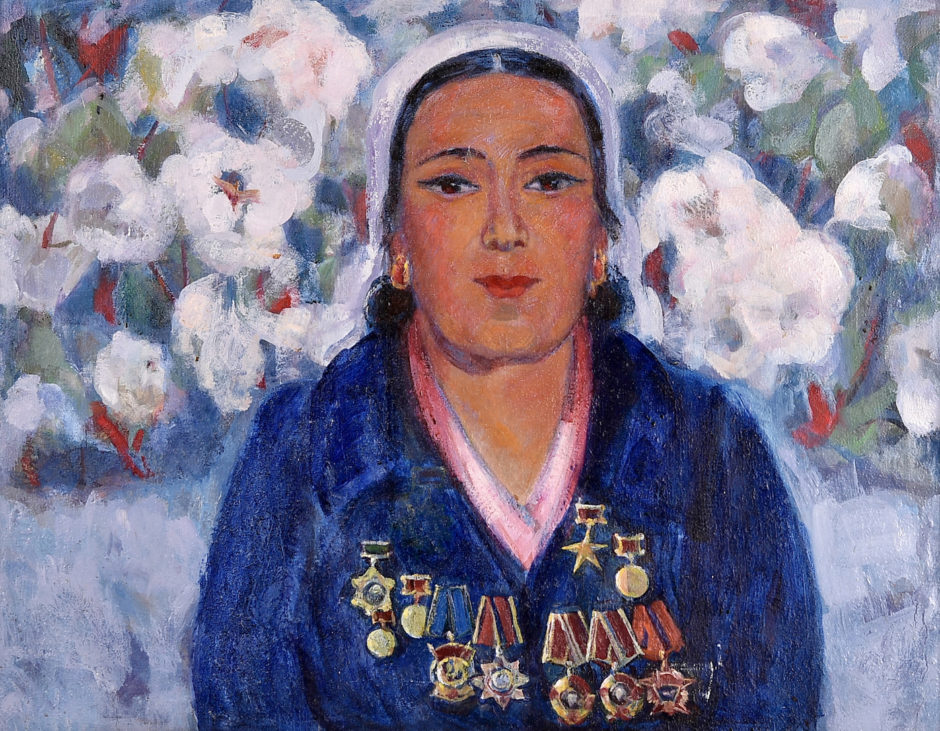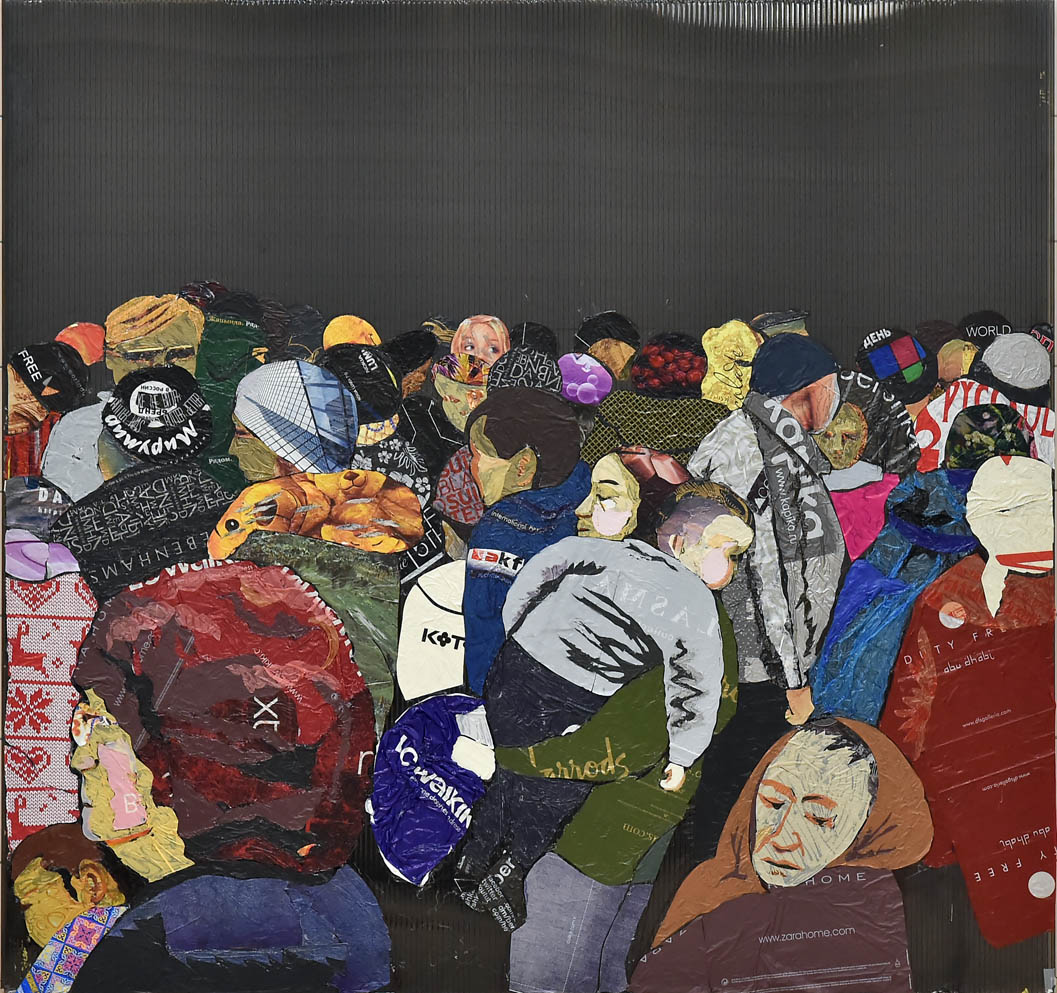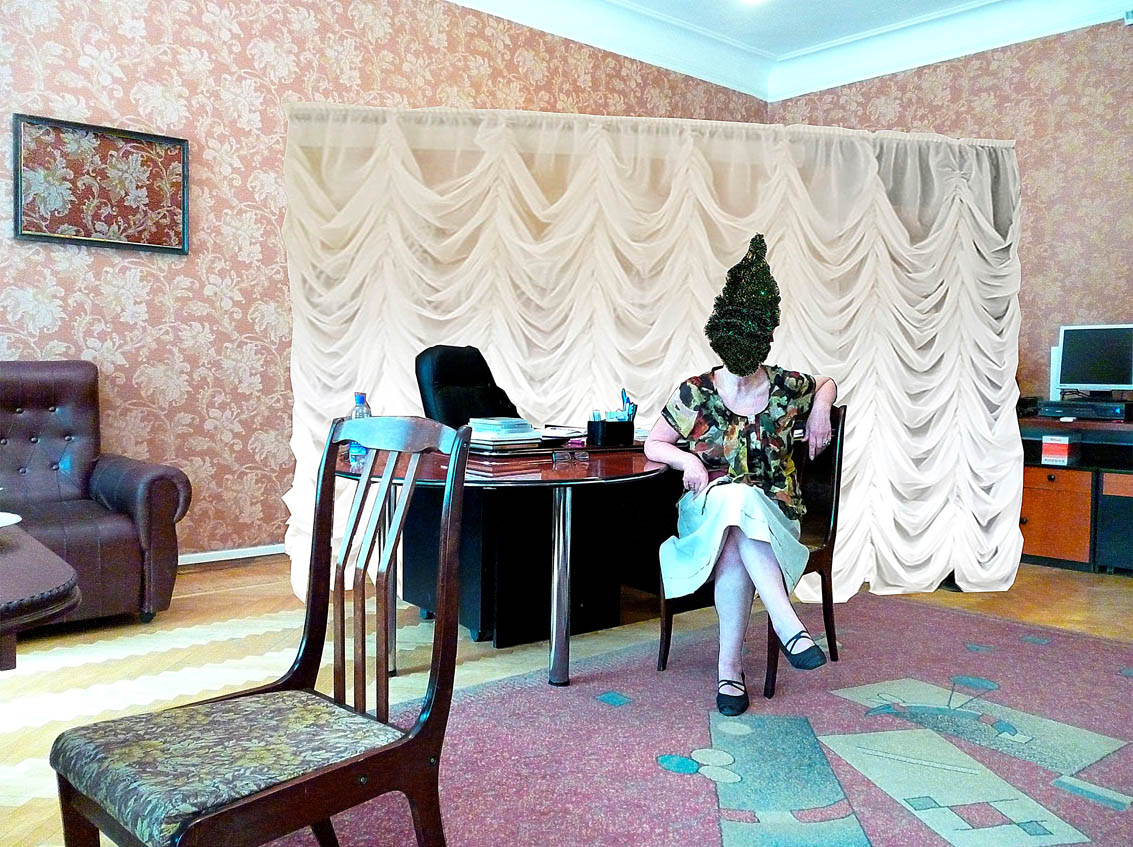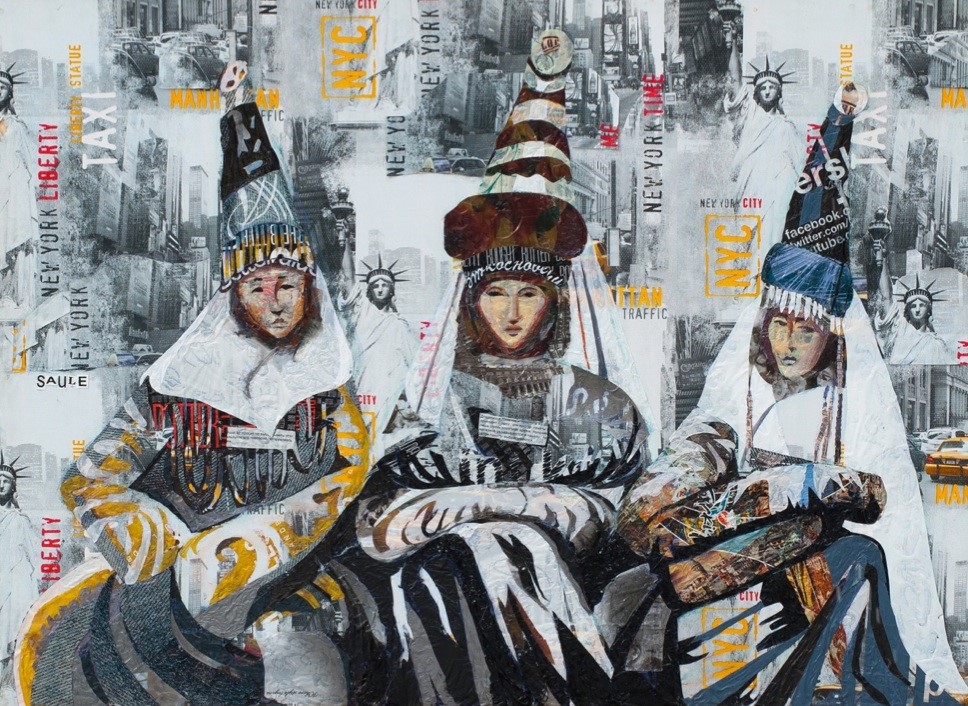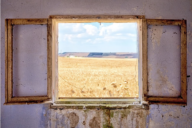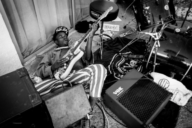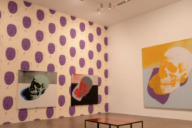FOCUS KAZAKHSTAN: BREAD AND ROSES
The relationship between art and the ever-changing society it reflects is a symbiotic one. This has never been more true in Focus Kazakhstan: Bread and Roses which details the lives of four generations of Kazakh female artists and how they lived through Soviet rule.
Featuring the work of 30 female artists, Bread and Roses demonstrates the work of these unseen women. The combination of this work communicates the struggles of the Kazakh community during the turbulent period of Stalinist repression and it’s aftermath.
This fresh perspective on modern and contemporary Kazakh art and culture proposes a broader model for considering the work of female artists within other post-Soviet and post-colonial contexts.
The work of ‘great grandmothers’, ‘grandmothers’, ‘mothers’ and ‘daughters’ used national and ethnic traditions of Kazakhstan to create thoughtful and provocative work. The result of which creates a bridge between traditional Kazakh culture, the Soviet avant-garde of the 20s-30s and a completely new approach to art creation that emerged in the 1980s.
Life as a Kazakh was difficult due to the soviet objective of ‘russify’ which repressed the traditional arts and nomadic way of life of Kazakhstan. These traditions found themselves imperilled by Stalin’s agricultural policies that forced people from the steppe and into collective farming. The result of which was the Great Famine of 1932-33 which claimed the lives of 2 million people, 38% were Kazakhs.
Painters featuring in the exhibition such as Vera Ermolaeva (1893-1937) and Tatiana Glebova (1900-1985) bring to light a sorrowful aspect to the tale of these Kazakh women. Ermolaeva, who led the UNOVIS art group, was later sent to the Karaganda GULAG in Kazakhstan for anti-Soviet illustrations, a 5-year sentence that ended with her death. With Glebova’s drawings, she documented the conditions of Alma-Ata, Kazakhstan after her evacuation to the area in 1942.
Bread and Roses highlights incorporates how the death of Stalin led to the relaxation of Soviet Russia’s cultural climate, therefore allowing creativity to flourish, opening up new methods of expressionism for these female artists.
Branching into the world of theatre and film, artists such as Gulfairus Ismailova used their art to break down clichés and ethnic stereotypes of socialist realism to present the former nomadic life of the steppe.
By the 1990s women became a major social force in Kazakhstan art. Their previously invisible lives made visible in the 1980s with work from Saule Suleimenova. In this exhibition, the 1980s and 90s serve as the largest part of the exhibition representing self and life. Though a number of the important works have been lost from this period they will be reconstructed for the exhibition to fully document the power of these artists.
Focus Kazakhstan: Bread and Roses opens 25th September – 20th October at Momentum and runs parallel to Focus Kazakhstan: Berlin, promoting dissemination within the art world.
Focus Kazakhstan: Bread and Roses
25 September – 20 October
MOMENTUM
Kunstquartier Bethanien, Mariannenplatz 2, Berlin 10997, Germany
Words: Eleanor Forrest
Image credits:
Portrait of Brigadier Abenova, 1984, Oil on Canvas, 70 х 86, courtesy the Collection Karaganda Regional Museum of Fine Arts
Saule Suleimenova, Skyline, 2017, 200×200 cm, plastic bags on polycarbonate sheet, courtesy Focus Kazakhstan
Portrait of Brigadier Abenova, 1984, Oil on Canvas, 70 х 86, courtesy the Collection Karaganda Regional Museum of Fine Arts
Saule Suleimenova, Three Brides, 2015, plastic bags, board, 100×140 cm, courtesy the artist

